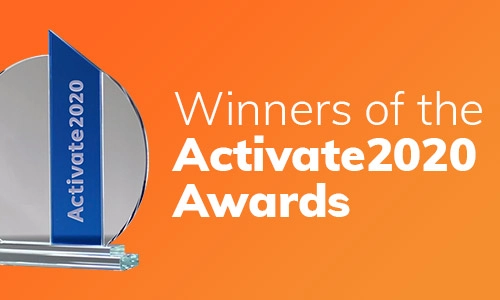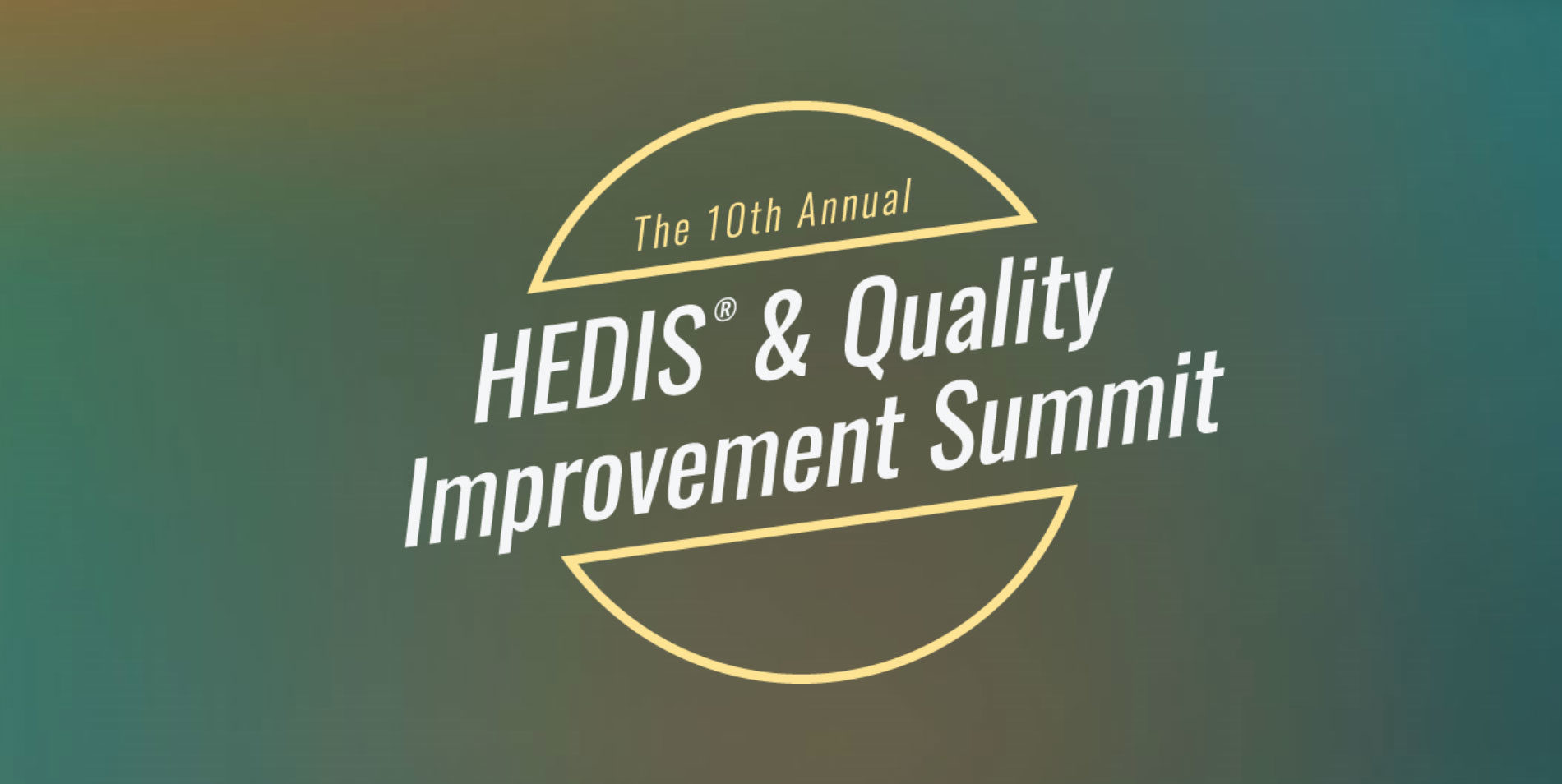UPMC, Priority Partners, Premera Blue Cross, Inland Empire Health Plan and others receive awards recognizing their innovation and results in improving health consumer activation and health equity.
mPulse Mobile announces winners of the Activate Awards each fall during its annual Activate conference. The Activate Awards recognize customers and partners that have driven impressive results like most significant outcome, best use of Conversational AI and achieving health equity.
Winners of the Activate Awards are on the forefront of healthcare consumer engagement, leveraging Conversational AI and omnichannel engagement solutions to build meaningful relationships with their consumers and activate them in their health. Award submissions were evaluated on both qualitative and quantitative results.
2020 Activate Award winners include:
UPMC – Most Significant Outcome (tie)
A world-renowned health care provider and insurer, Pittsburgh-based UPMC is inventing new models of accountable, cost-effective, patient-centered care. It provides more than $900 million a year in benefits to its communities, including more care to the region’s most vulnerable citizens than any other health care institution. UPMC Health Plan, the largest medical and behavioral health service insurer in western Pennsylvania, offers health insurance to all Pennsylvanians regardless of their life situation, including employer-sponsored plans, Medicare, Medicaid, Children’s Health Insurance (CHIP) and plans offered through the Affordable Care Act.
mPulse’s solution supported a 10-week Home Run for Health program to over 2,400 Health Plan members who signed up through their employer group plans. After kickoff messaging, members received weekly check-ins and surveys with an end-of-program survey after completion of touchpoints, all via interactive text message. Outreach connected members to curated content around healthy eating, exercise tips, and other weight-loss topics.
Member engagement rates were very high, with over 72% of members engaged during the program. Program retention was strong, with only a 1.5% opt-out rate in spite of the challenge faced with the growing concern surrounding COVID-19 and the nationwide shutdowns.
Priority Partners – Most Significant Outcome (tie)
Priority Partners is a Medicaid Managed Care Organization that serves individuals throughout the State of Maryland.
Priority Partners sends out notices to Medicaid members to remind them it is time for them to complete their renewal (Redetermination) with the State of Maryland. In previous years, notices have been sent by mail and email, but this audience is often transient and hard to reach.
The mPulse Mobile solution engages members about renewal through mobile channels and was able to reach an average of 78.9% of members who were due for redetermination. Combined with the other traditional methods of communication, an average of 75.9% of members renewed their eligibility each month and kept their membership with Priority Partners, a significant improvement that helped more members maintain continuity of coverage.
Premera Blue Cross: Most Innovative Solution
Premera Blue Cross is a leading health plan in the Pacific Northwest, providing comprehensive health benefits and tailored services to about 2 million people, from individuals to Fortune 100 companies.
Premera’s main goal is to make healthcare easier to use. Premera’s messaging mission is to provide members with information about their healthcare and benefits quickly, educate them about Premera tools to navigate their health, empower them with actionable messages that lead them to self-service tools that lead them to solutions, and ultimately change their members’ behavior so they get the most out of their health plan while decreasing the need to call customer service.
The mPulse Mobile Engagement Console provides an avenue for 2-way communication between Premera and members via text. The Engagement Console became the communication channel that allows customer service representatives to text back and forth with members from these plans to assist them with booking appointments with high quality providers as well as answer questions within privacy and legal constraints.
The Engagement Console was also used to send confirmations via text when a member uses the Premera mobile app or the Premera Pulse website to schedule an appointment.
Since deploying the program to 5 top plans, a significant portion of members have scheduled appointments with top providers and have an average of 1.5 appointments per member who engages with the Premera team via the program.
Inland Empire Health Plan: Achieving Health Equity
Inland Empire Health Plan (IEHP) is a not-for-profit Medi-Cal and Medicare health plan located in Rancho Cucamonga, California. With a network of over 4,000 providers and more than 2,000 employees, IEHP serves more than 1.3 million residents in Riverside and San Bernardino counties who are enrolled in Medi-Cal, Cal MediConnect Plan (Medicare), or the Healthy Kids Program.
IEHP launched an important solution with mPulse Mobile aimed at addressing social isolation over 6-7 weeks with 92,000 Medicare and Disabled members of IEHP. The Conversational AI solution was used to identify self-reported social isolation levels and challenges of staying at home during the COVID-19 pandemic.
The solution consisted of 15-30 automated conversations that offered support and provided tips and resources to combat social isolation and “stay at home” challenges. These included the use of Fotonovelas to communicate a visual story on the challenges of staying at home. Members received an average of 20 tailored, conversational touchpoints. Program satisfaction was very high; over 86% of members found it helpful, with higher satisfaction in Spanish-speaking segments than English speakers.
Midwest Medicaid Managed Care Plan – Best Use of Conversational AI
This Medicaid Managed Care Plan worked with mPulse to increase and improve the number of well-child, dental, and lead screening visits required to achieve quality, state, and plan operational goals. Since a large number of members are under 18, these EPSDT and HEDIS gaps are very important in managing the preventive care and overall health of the population.
Using mPulse’s conversational AI solution, members were targeted to remind them to complete their visit with a series of automated touchpoints. Outreach was orchestrated to match the best reminder content to each individual member. In total, approximately 100K gaps were targeted by the mPulse solution, successfully driving over 65,000 provider visits and making significant improvements in screening and visit completion rates.
Southeast Medicaid Managed Care Plan – Most Improved Customer Experience
This Medicaid Managed Care Plan leveraged a mobile outreach strategy that included implementing 2-way, automated text messaging solutions to improve overall health engagement as well as improve a hard-to-reach population’s completion rates of Health Risk Surveys. They use mPulse’s platform to reach these members using a new channel (SMS + Secure Survey). The new solution uses high-reach channels and optimized content, resulting in significant improvements to completion and member satisfaction. With ongoing optimization of content and conversational flow, completion rates have more than doubled and initial member engagement rates have improved by 75%.
“On the other side of these solutions are meaningful outcomes that are really impacting people and their health,” said Chris Nicholson, Co-Founder and CEO of mPulse Mobile. “Seeing so many wonderful partners leveraging our solutions like Conversational AI, the Engagement Console, and Fotonovelas to engage their members in meaningful ways to build valuable relationships that in turn lead to positive outcomes motivates our team every day. The Activate Awards are such an important reminder every year why we do what we do.”




